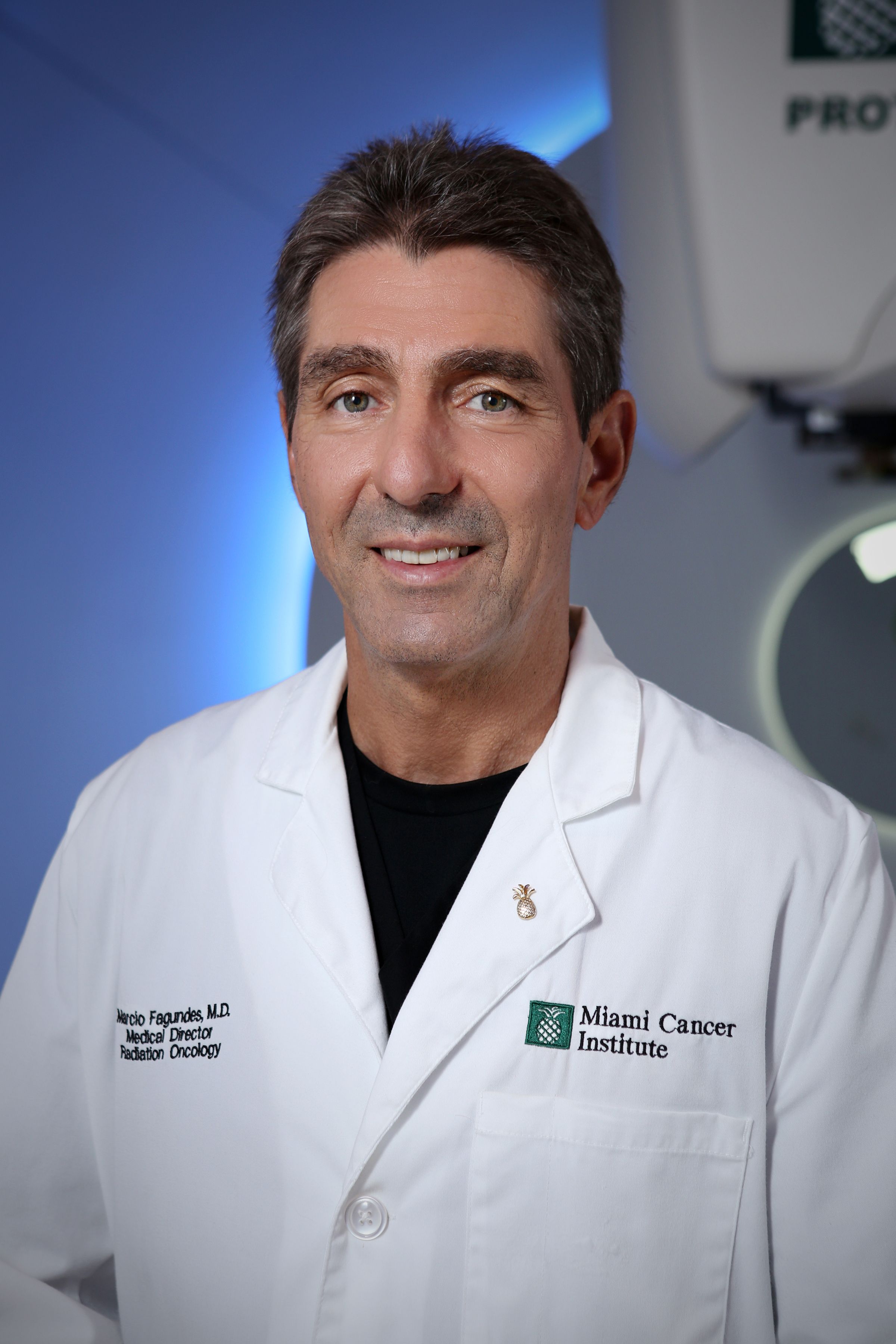Article
Next-Generation Hydrogel Spacer Launches in US Urology Market
Author(s):
SpaceOAR Vue Hydrogel, a radiopaque perirectal spacer for radiation therapy, is now available in the United States for use in patients with prostate cancer receiving radiotherapy.
SpaceOAR Vue Hydrogel, a radiopaque perirectal spacer for radiation therapy, has been launched in the US market to help urologists reduce unintended damage to the patient’s rectum during prostate cancer treatment.1
The novel spacer is a next-generation radiopaque model of the FDA-approved SpaceOAR Hydrogel. Both spacers produce a temporary space between the prostate and rectum, helping to avoid rectal harm that could result in fecal incontinence problems or other long-term adverse events.
The additional benefit of the SpaceOAR Vue Hydrogel is that it provides enhanced visibility through the use of CT scans. Magnetic resonance imaging is required with the first-generation SpaceOAR Hydrogel.
Marcio Fagundes, MD

“SpaceOAR Hydrogel is already an important innovation in prostate cancer treatment to protect men from the unwanted side effects of radiation therapy,” Marcio Fagundes, MD, medical director of Radiation Oncology, Miami Cancer Institute, part of Baptist Health South Florida, stated in a press release. “Now with SpaceOAR Vue Hydrogel, physicians have the added benefit of CT visibility of the hydrogel during radiation treatment planning and daily cone-beam computed tomography imaging. This added visibility expands its use in patients contraindicated for an MRI and, from my experience, will have the potential to improve the overall efficiency of treatment planning.”
Data for SpaceOAR Hydrogel
According to Boston Scientific, the manufacturer of both spacers, SpaceOAR Vue Hydrogel is designed to offer similar clinical benefits as its predecessor. Thus published data for SpaceOAR Hydrogel are also relevant for SpaceOAR Vue Hydrogel.
Three-year follow-up data were published in the International Journal of Radiation Oncology, Biology, Physics for 222 men who were randomized 2:1 to SpaceOAR Hydrogel or control.2 The men received 79.2 Gy in 1.8-Gy fractions to the prostate with or without the seminal vesicles. At the 3-year point, 41% of men in the control group had a minimally important difference (MID) decline in bowel QOL versus 14% in the spacer arm (P = .002). The rates of MID decline in urinary QOL were 30% versus 17%, respectively (P = .04). A secondary analysis also showed that 66.7% of men in the SpaceOAR Hydrogel arm who were potent at baseline were still able to achieve erections sufficient for intercourse after treatment, compared with only 37.5% in the control arm.3
Commenting on today’s launch, Meghan Scanlon, senior vice president and president, Urology and Pelvic Health, Boston Scientific, stated in the press release, “With SpaceOAR Vue Hydrogel, physicians may be able to improve the department’s procedural workflow by creating treatment plans using only a CT scan, thereby reducing the need for patients to obtain a post-procedural MRI scan.”
The National Comprehensive Cancer Network Clinical Practice Guidelines in Oncology recommend perirectal spacers to reduce potential harm in certain patients with prostate cancer receiving radiotherapy.
References
1. Boston Scientific Initiates US Launch of SpaceOAR Vue™ Hydrogel. Published online November 16, 2020. Accessed November 16, 2020.
2. Hamstra DA, Mariados N, Sylvester J, et al. Continued benefit to rectal separation for prostate radiation therapy: final results of a phase III trial. Int J Radiat Oncol Biol Phys. 2017;97(5):976-985. doi: 10.1016/j.ijrobp.2016.12.024
3. Hamstra DA, Mariados N, Sylvester J, et al. Sexual quality of life following prostate intensity modulated radiation therapy (IMRT) with a rectal/prostate spacer: Secondary analysis of a phase 3 trial. Pract Radiat Oncol. 2018;8(1):e7-e15. doi: 10.1016/j.prro.2017.07.008
















